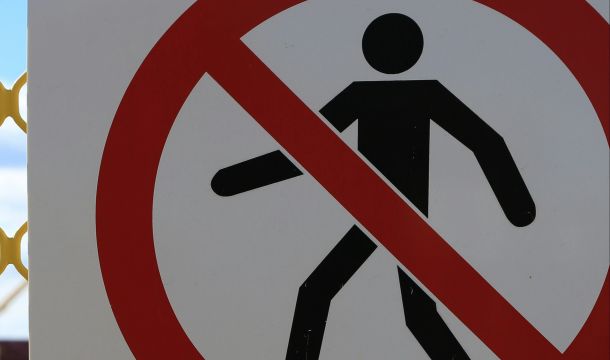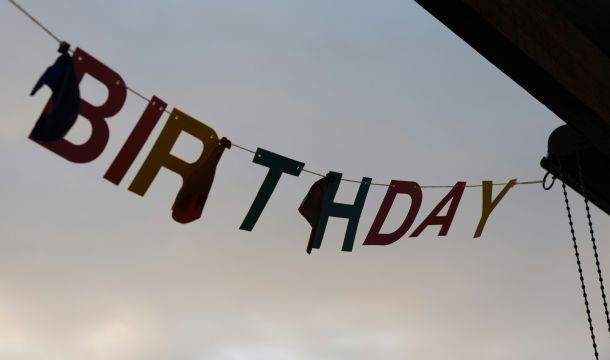SUPREME COURT ADOPTS RIGHT-TO-WORK FOR STATE AND LOCAL EMPLOYEES
The long-awaited Supreme Court ruling in the Janus case arrived on June 27, 2018. Janus v. American Federal of State, County, and Municipal Employees, et al., (No. 16-1466). As stated by the Supreme Court, the issue was whether public employees can be forced to subsidize a union, even if they choose not to join and strongly object to the positions the union takes in collective bargaining and related activities. The Court concludes that this arrangement violates the free speech rights of non-members by compelling them to subsidize the speech of other speakers on matters of substantial public concern. The Court is requiring public employees be treated like federal government employees and those in the 28 states with laws prohibiting agency fees, in effect adopting the "right-to-work" concept. The Court further rules that not only the collection of such fees is unlawful but added that employees must "affirmatively consent" to have the money deducted from their pay check.
The Court’s ruling was a 5-4 majority, with the unsurprising conservative-liberal split among the Justices. The result was widely anticipated by both labor and management, and indeed most felt that the 40-year precedent in Abood would have been overturned several years ago had not Justice Scalia died just prior to the Supreme Court ruling. The majority found that the main reason for the Abood ruling of "labor peace" did not justify the restriction of First Amendment rights and that the purposes of "labor peace" and avoiding "free riders" could be achieved through less restrictive means.
The ruling does not appear to have any application to the private sector. However, it has great significance to unions and potentially to the political landscape. Unions represent about thirty-four percent (34%) of government workers, compared with about six percent (6%) in the private sector. One study indicates that the ruling will result in union membership among state and local government employees declining about eight percent (8%), but others say the number will be higher. Unions have been planning for the adverse ruling for several years with strategies of how membership can be retained through voluntary participation.
The political reaction to the case was immediate. Governors in certain "blue" states reacted on the same day as the ruling, as Governor Cuomo of New York signed an executive order aimed at protecting union membership. Even prior to the ruling, California Governor Jerry Brown signed a law shielding government employees’ email addresses from public disclosure, with the thought of protecting them from anti-union activists. Observers will note the irony in this legislation because employers unsuccessfully made a similar argument in opposing the email address portion of the NLRB quickie election rule. The California legislation also requires state and local government employers to allow union representatives access to new employee orientation sessions, with the goal of securing "voluntary" check-off dues authorizations.
The Janus case itself arose in Illinois, and Republican Governor Bruce Rauner actually initiated the litigation. Governor Rauner announced that Illinois would immediately stop collecting the union agency fees from employees’ paychecks. The Mackinac Center for Public Policy has launched a "My Pay, My Say" website to inform public employees of their rights under the Supreme Court decision. The website offers an automated system for workers to generate letters to their unions opting out of paying union fees. The website is mypaymysay.com.
As to the effect on the political scene, union dues have been a substantial source of funding for the Democratic Party for many years. In a study published by the National Bureau of Economic Research, it was found that "right-to-work" laws reduced the Democratic Party’s share of a state’s Presidential vote by 3.5%.
Subsequent cases will have to develop what it means for employees to "affirmatively consent" to have union dues deducted from their pay checks. In the private sector, for example, even in right-to-work states, employees are generally required to pay union dues if they have signed dues check-off authorizations, which usually are only revocable during a brief window period each year of around ten (10) days. Whether this type of limitation on withdrawing from supporting the union will be found constitutional under the Janus ruling remains to be seen. The right-to-work groups will undoubtedly argue that employees should have the right to stop union dues at any time the employee withdraws his union membership.
Related Content
Get Email Updates
Recent Content

TPS Update (as of 9/3/2025)

DOL To Shut Down OFCCP and Transfer Duties to EEOC

Meaning of Supreme Court Ruling Limiting Nationwide Injunctions in Birthright Case

In Spite of Adminstration Changes, Monitoring of the Workplace Continues to Create Legal Issues

The Importance of Corporate Culture
